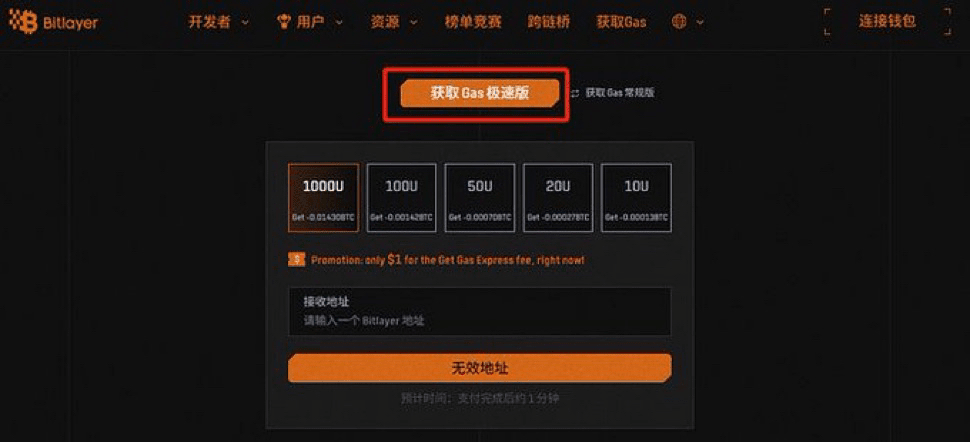Many still regard BTC as a static asset that merely rises and falls in value, but the real increment has shifted to the on-chain execution layer. Bitlayer is integrating BTC into the programmable world, and BTR is the ignition key of this machine, affecting both the network's stability and how value is captured.
The core of the technical route is a layered structure: execution is completed on the second layer, with finality anchored back to the Bitcoin mainnet, aiming to inherit the security assumptions of L1 while achieving a development experience close to EVM with low fees. Native BTC is bridged and mapped to programmable assets on the second layer, supporting scenarios like lending, market-making, and liquidation. The exit and challenge paths are solidified within the protocol, reducing operational risks brought by bridging and long chains. For developers, this means that the Solidity ecosystem can be almost 'migrated intact' under the security endorsement of Bitcoin.

BTR's position in the economic model is not a single path. It is primarily network fuel, covering the costs of transactions and contracts. Secondly, it serves as staked assets for participation in sorting and verification, which constrain and reward node behavior. Additionally, it acts as a governance certificate for parameter adjustments and upgrade proposals. On the usage side, fees and incentives flow back into the ecology and security budget, forming a closed loop. The higher the activity, the more sufficient the security and availability budget, promoting a positive feedback loop.
Correlation comes from trends rather than slogans. The increase in BTC supply and institutionalization raises asset activation and collateral demand, confirming an upward trend. Bitlayer combines 'BTC's security commitment' with 'EVM's composability', lowering the thresholds for development and migration, making it easier to form real usage. To assess mid-term value, it is advisable to focus on four sets of verifiable indicators: second-layer stability and arbitration statistics, bridging latency and failure rates, the number of leading DeFi integrations within the ecosystem and TVL migration, and BTR's fee share, staking coverage, and unlocking rhythm.
Risks must also be brought to the forefront. Any bridge and cross-domain messaging are historically high-risk segments; contract realization and operation processes require continuous auditing and drills. Early-stage parameter adjustments and version upgrades may bring uncertain fluctuations. For participants, following the official path, operating according to rules, and using data dashboards instead of emotional judgments is a more rational way to enter. Placing BTR within a framework of 'measurable usage data and interpretable risk assumptions' offers the opportunity to convert narratives into long-term values of cash flow and governance rights.
